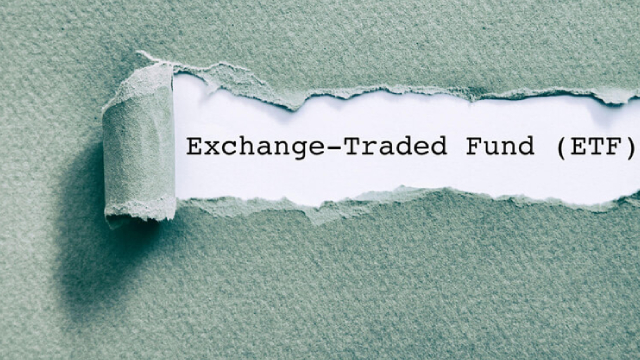
iShares S&P 500 ETF (IVV)
Summary

Firm that called 2025 nearly perfectly — until a moment of doubt — now has highest S&P 500 target on Wall Street
Oppenheimer says the S&P 500 will push ahead in 2026, boosted by the economy and corporate profits that are likely to keep holding up.

S&P 500 Snapshot: Win Streak Puts Index Inches From Record High
The S&P 500 came off its best week since May with another solid performance. The index closed the week out on a four day win streak, putting it within inches of a new record high.

One bank sees the S&P 500 hitting 8,000 in 2026, breaking down the bitcoin-stock market divergence
Market Domination Overtime anchor Josh Lipton breaks down the latest market moves for December 5, 2025. Deutsche Bank director of global asset allocation and US equity strategy Parag Thatte tells Josh about Deutsche Bank's call for the S&P 500 to hit 8,000 next year.
iShares S&P 500 ETF (IVV) FAQ
On which exchange is it traded?
What is its stock symbol?
Does it pay dividends? What is the current yield?
What is its market cap?
Has iShares S&P 500 ETF ever had a stock split?
iShares S&P 500 ETF Profile
| CXA Exchange | US Country |
Overview
The company in discussion is a financial entity primarily focused on tracking the performance of the large-capitalization sector of the U.S. equity market, as determined by Standard & Poor's Dow Jones Indices (SPDJI). It seeks to replicate the performance of its index by investing at least 80% of its assets in the securities that comprise the index and the remaining in instruments with similar economic characteristics. This practical strategy allows for a diversification of investments while aiming to achieve the performance of the large-capitalization sector. The company is geared towards investors seeking exposure to the U.S. equity market's large-cap segment, employing both direct investments in index components and derivative instruments to manage its portfolio effectively.
Products and Services
- Component Securities Investment
The company commits at least 80% of its assets to directly invest in the securities that make up its index. This primary service is designed for investors looking for a direct correlation with the large-capitalization sector of the U.S. equity market, providing a foundation for the fund's investment strategy. Through this direct investment approach, the company aims to closely replicate the performance of its benchmark index, ensuring that investors receive the performance they expect from large-cap U.S. equities.
- Economic Characteristics Mimicry
In addition to direct investments in index components, the company leverages its expertise to invest in assets that have economic characteristics substantially identical to those of the component securities of its index. This method allows for greater flexibility in portfolio management, enabling the company to maintain alignment with the index's performance even when direct investment in a component security might not be possible or practical. This approach helps ensure that the investment objective remains focused on mirroring the economic performance of the large-cap U.S. equity market.
- Derivative Instruments
The company may allocate up to 20% of its assets in futures, options, and swap contracts. This strategic use of derivative instruments serves as a tool for risk management and portfolio optimization, allowing the company to hedge against potential market volatility and to enhance returns under certain market conditions. The inclusion of derivatives in the investment strategy adds a layer of sophistication, enabling the company to achieve a more stable and potentially enhanced performance relative to its index.
- Cash and Cash Equivalents
Alongside its investment in securities and derivatives, the company maintains a portion of its assets in cash and cash equivalents. This allocation acts as a liquidity reserve, enabling the company to effectively manage cash flow needs, such as redemptions and investment opportunities. Investing in cash and cash equivalents provides the company with the flexibility to respond to market changes and operational requirements promptly, ensuring the fund's smooth operation and financial stability.







